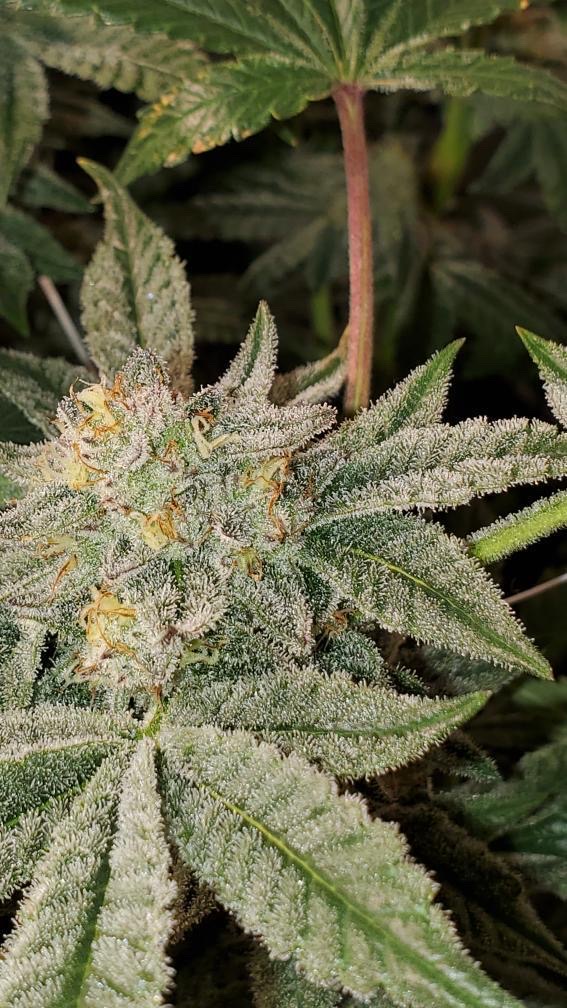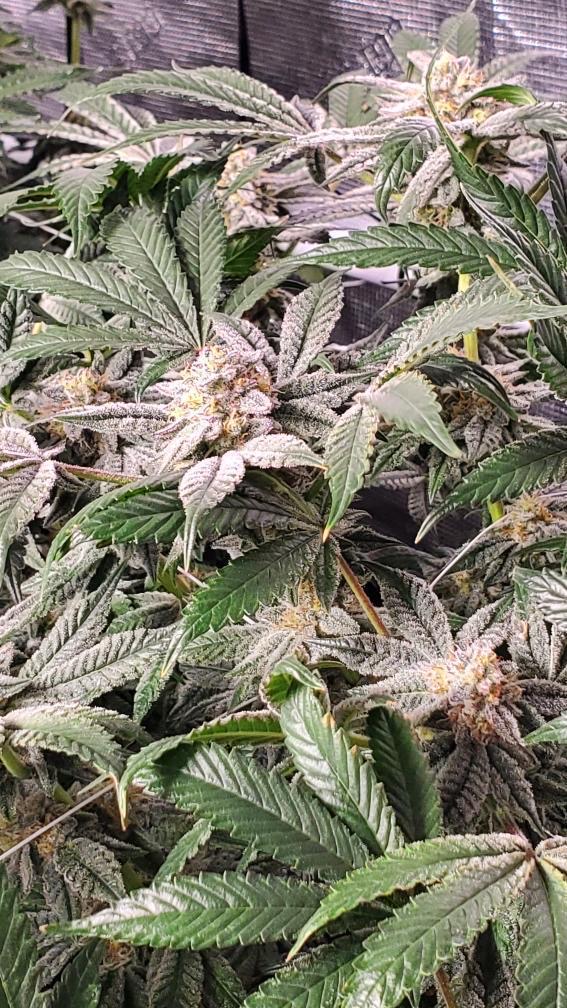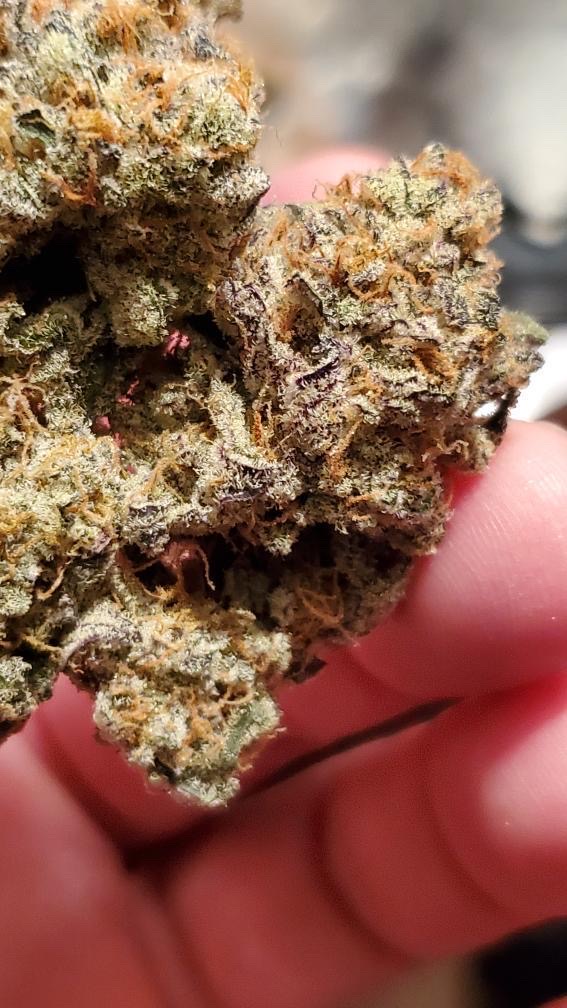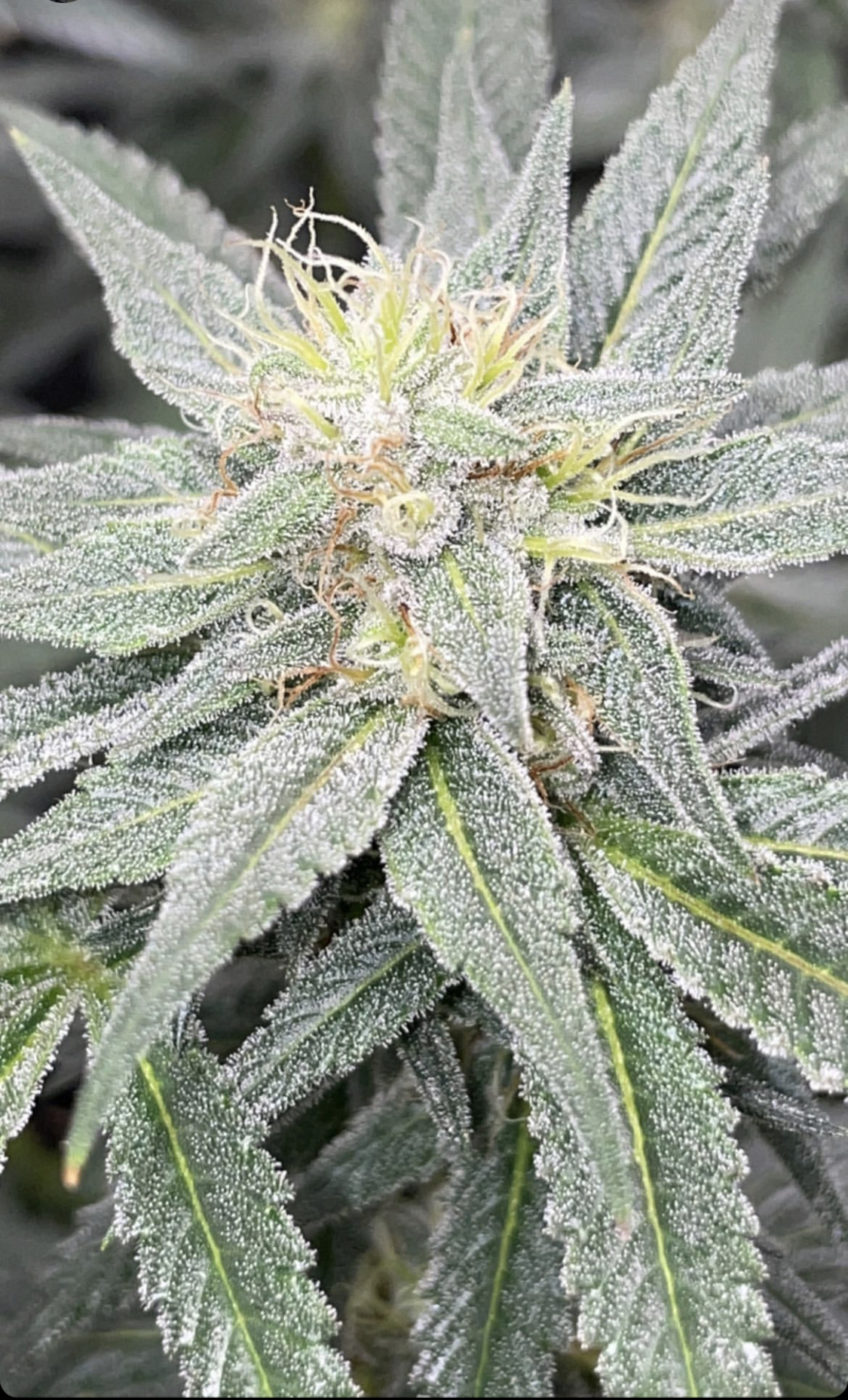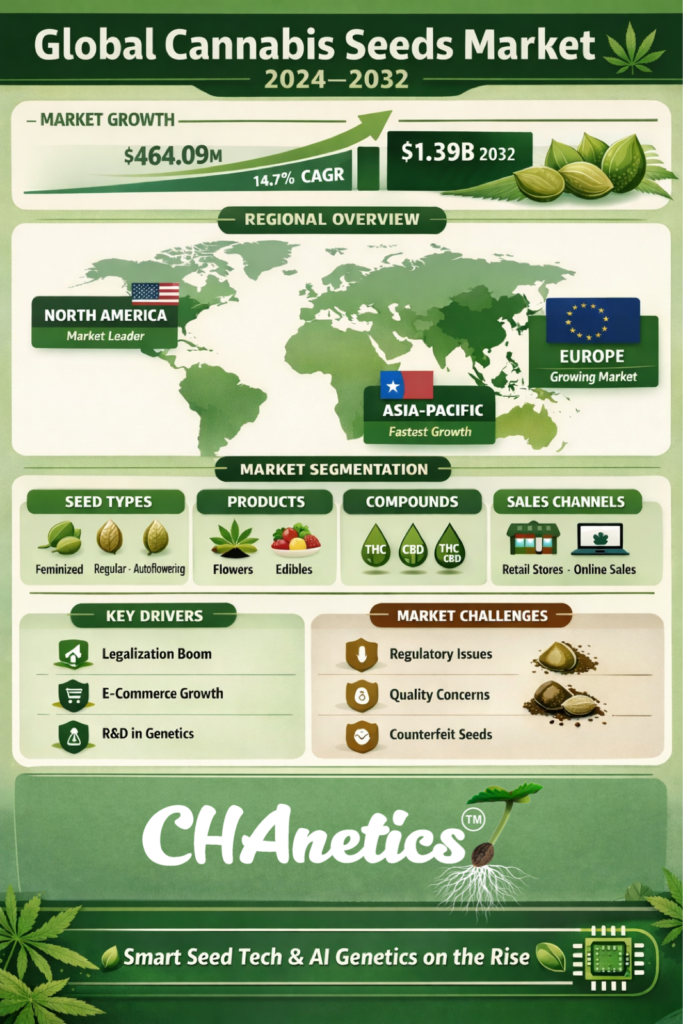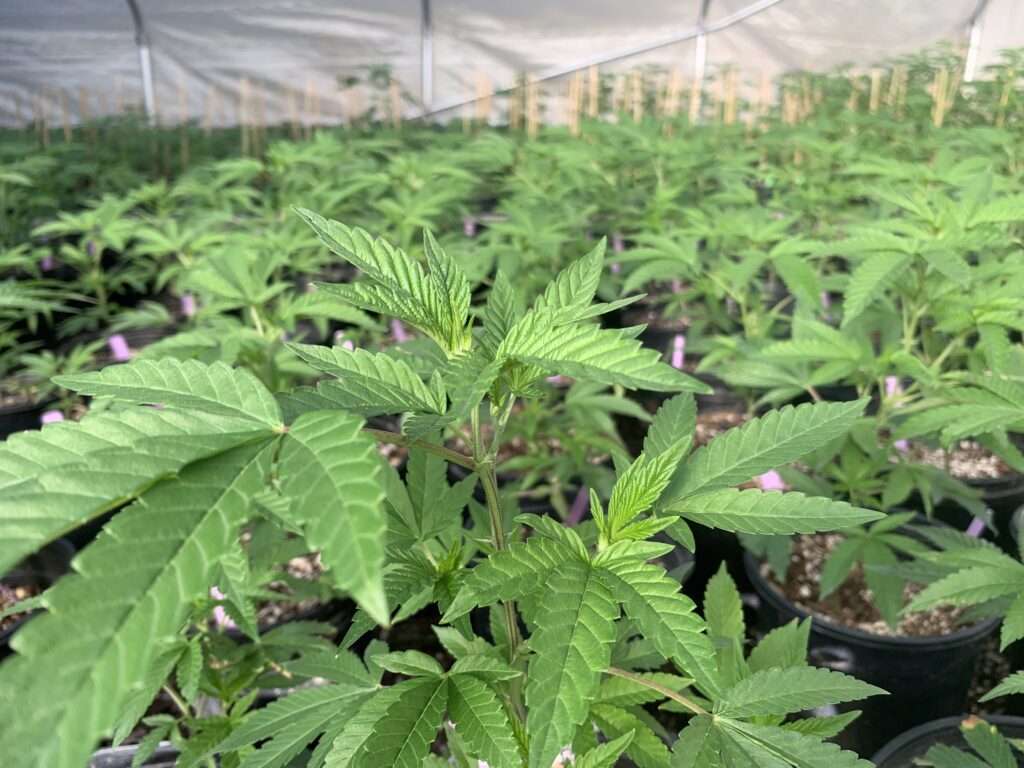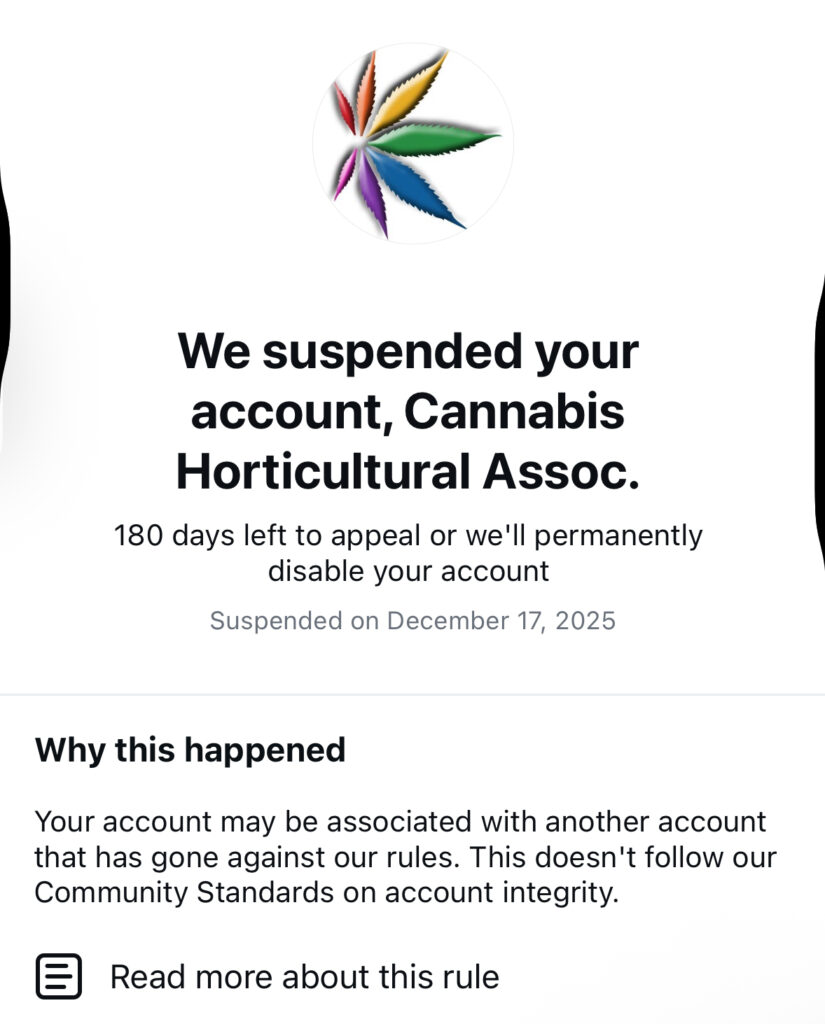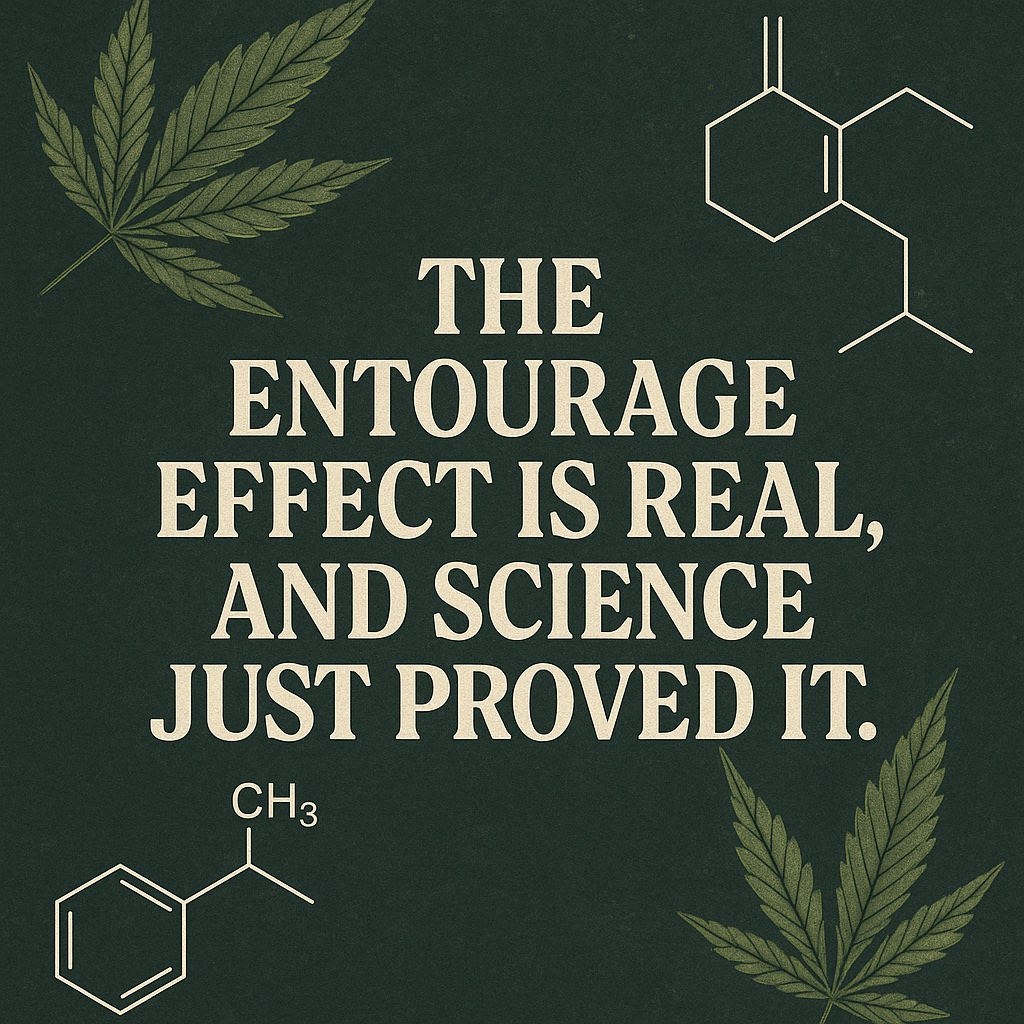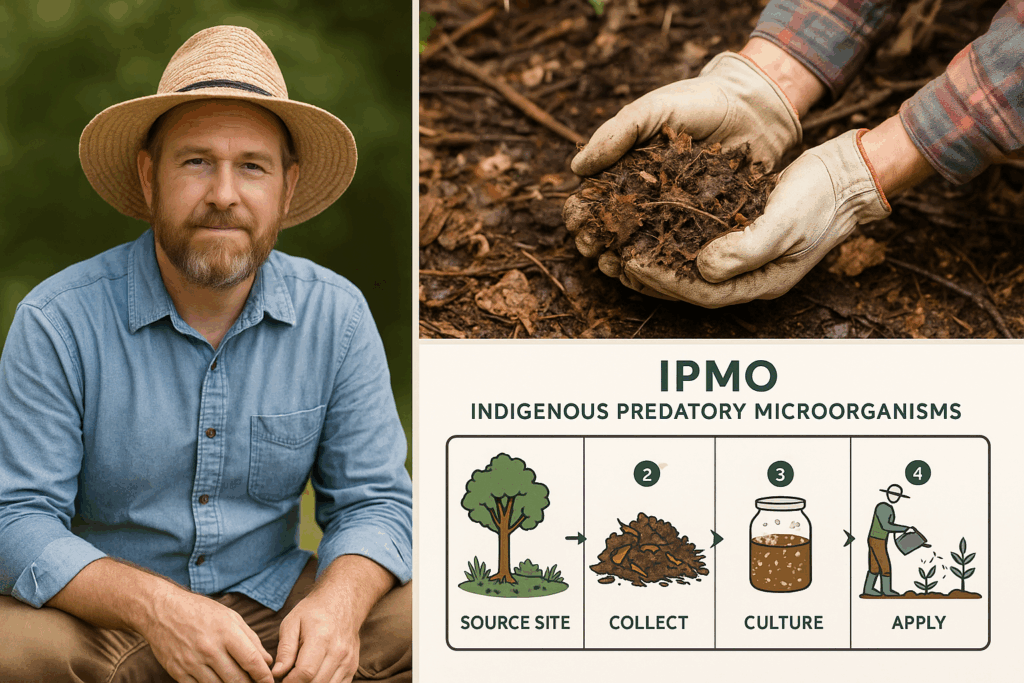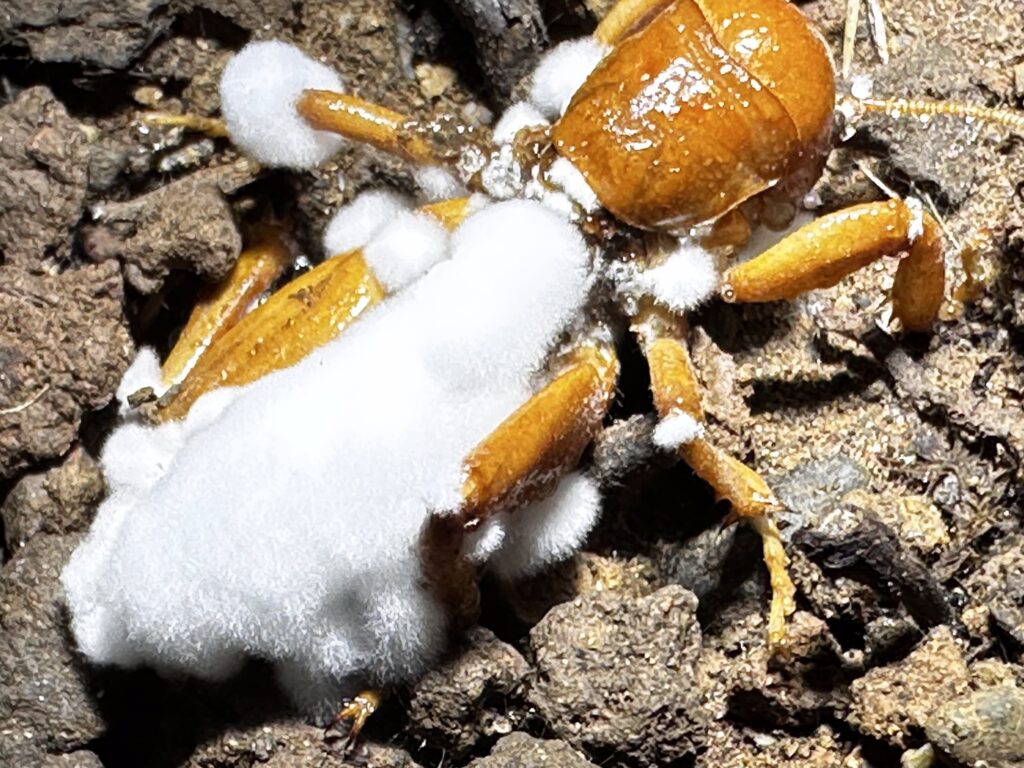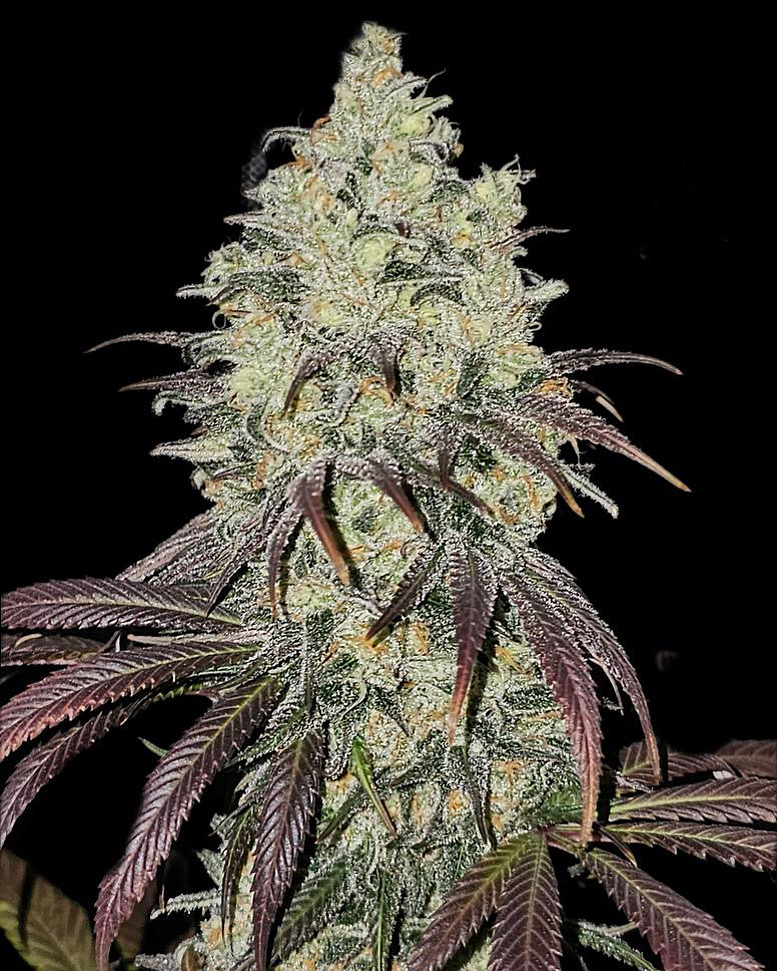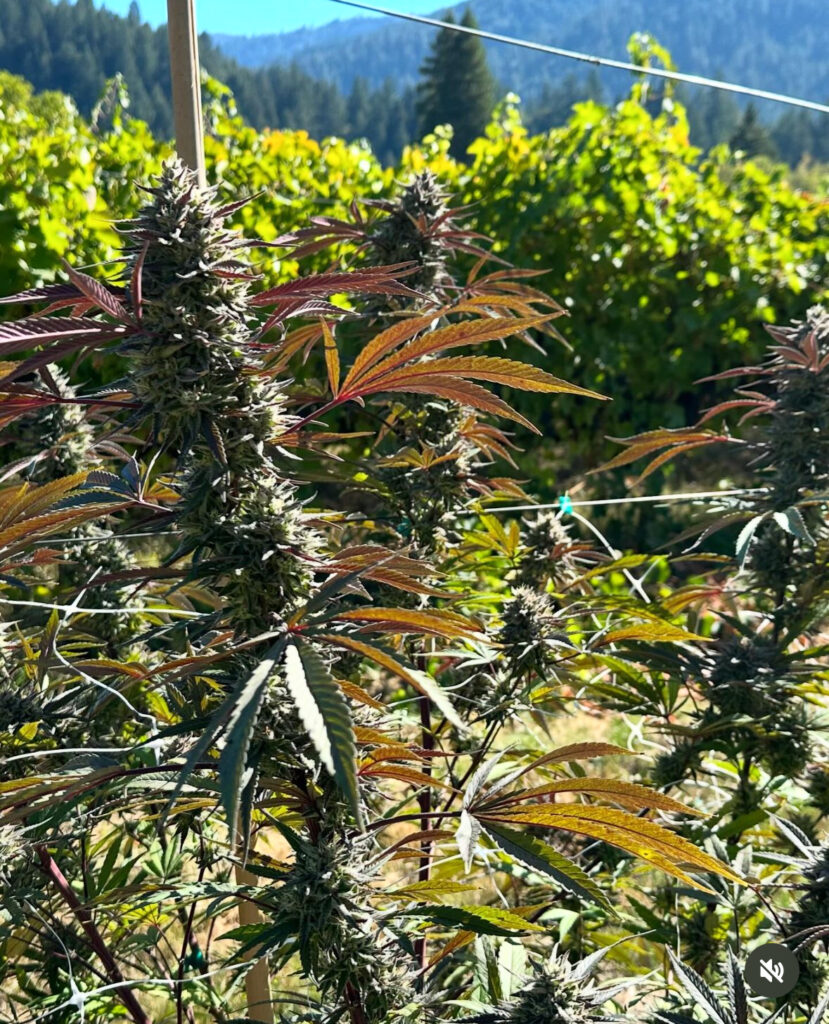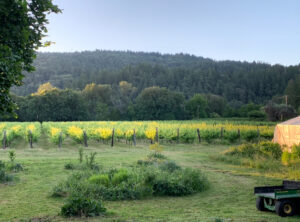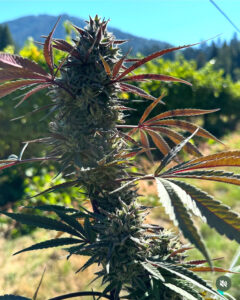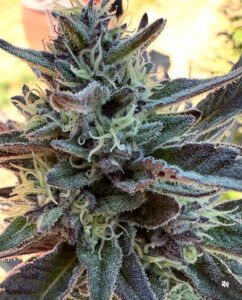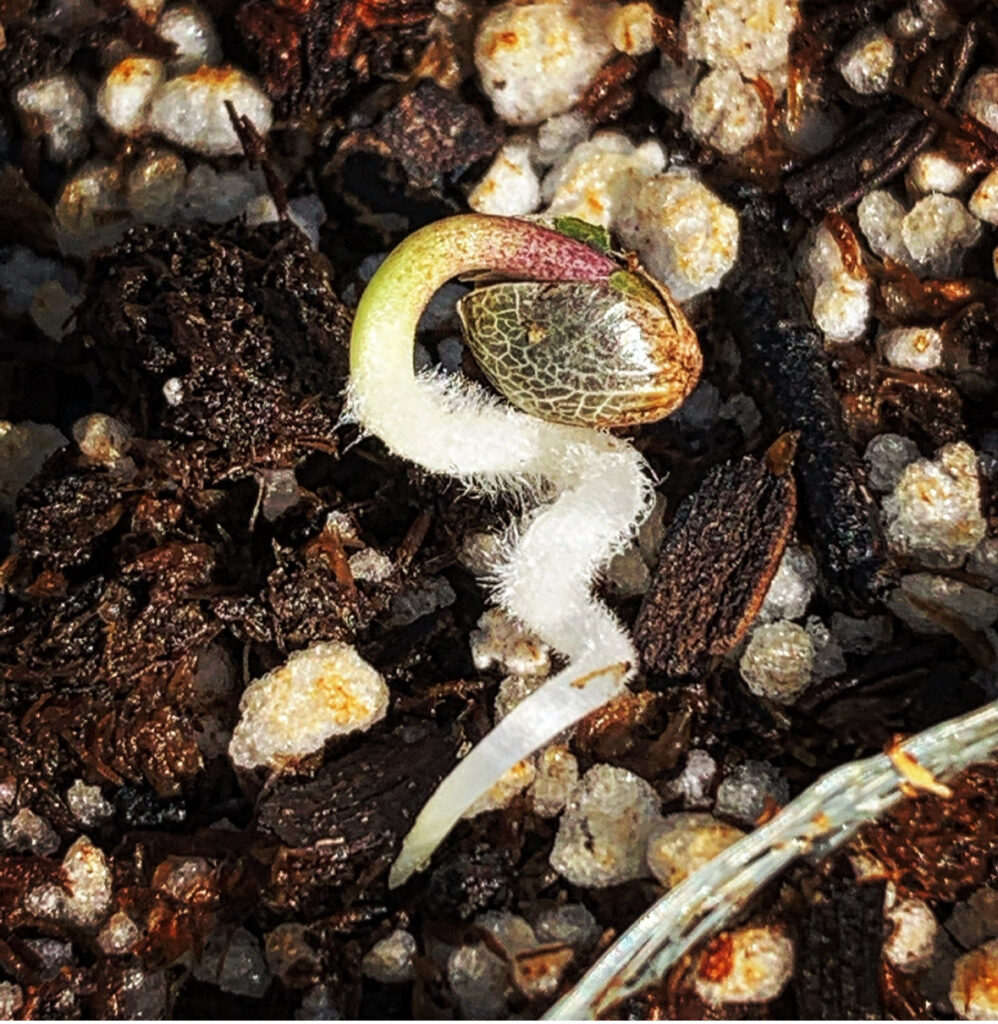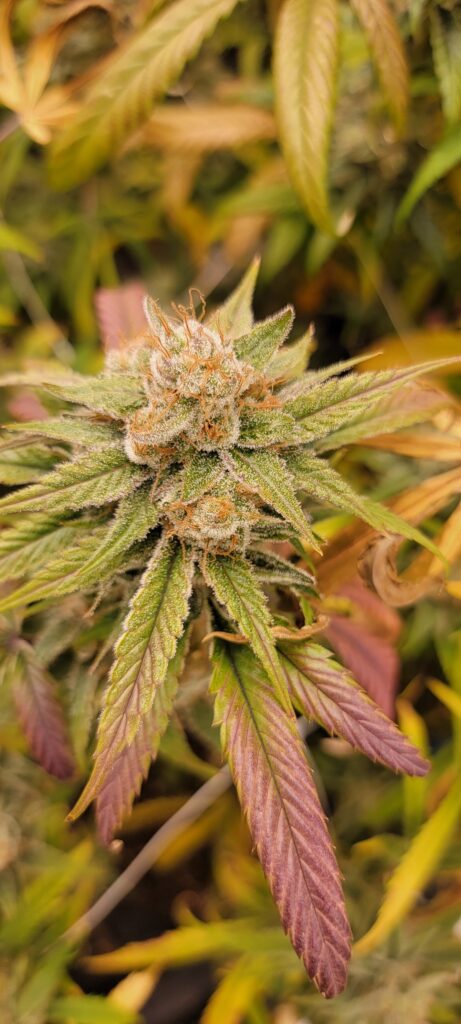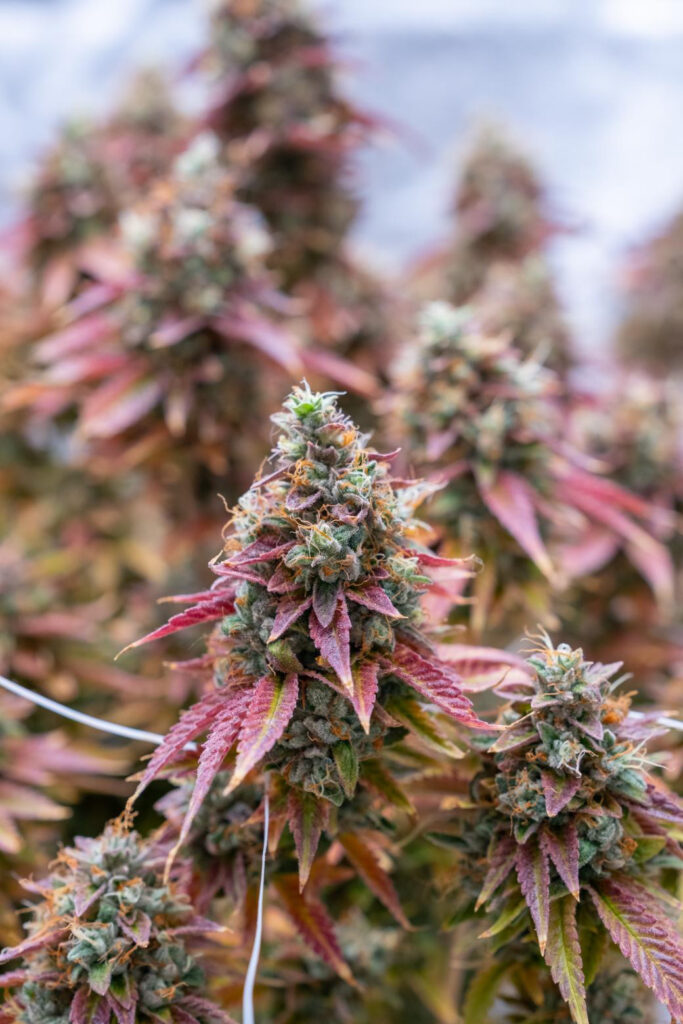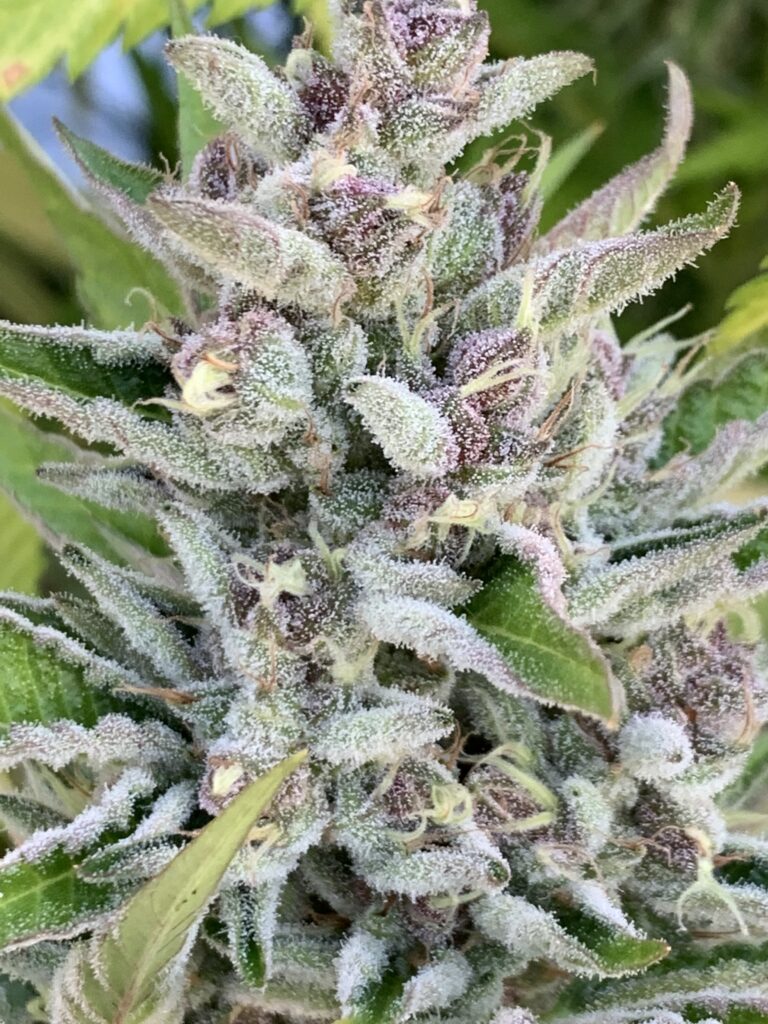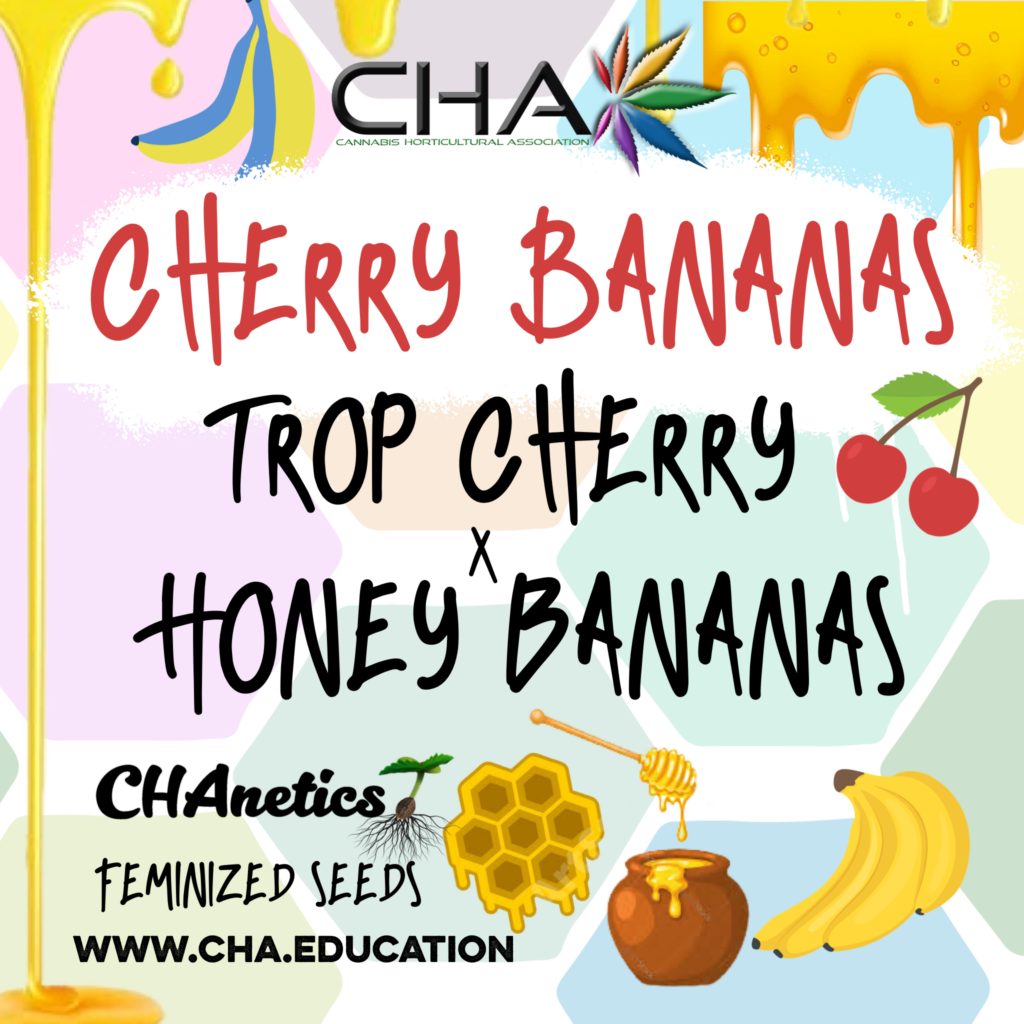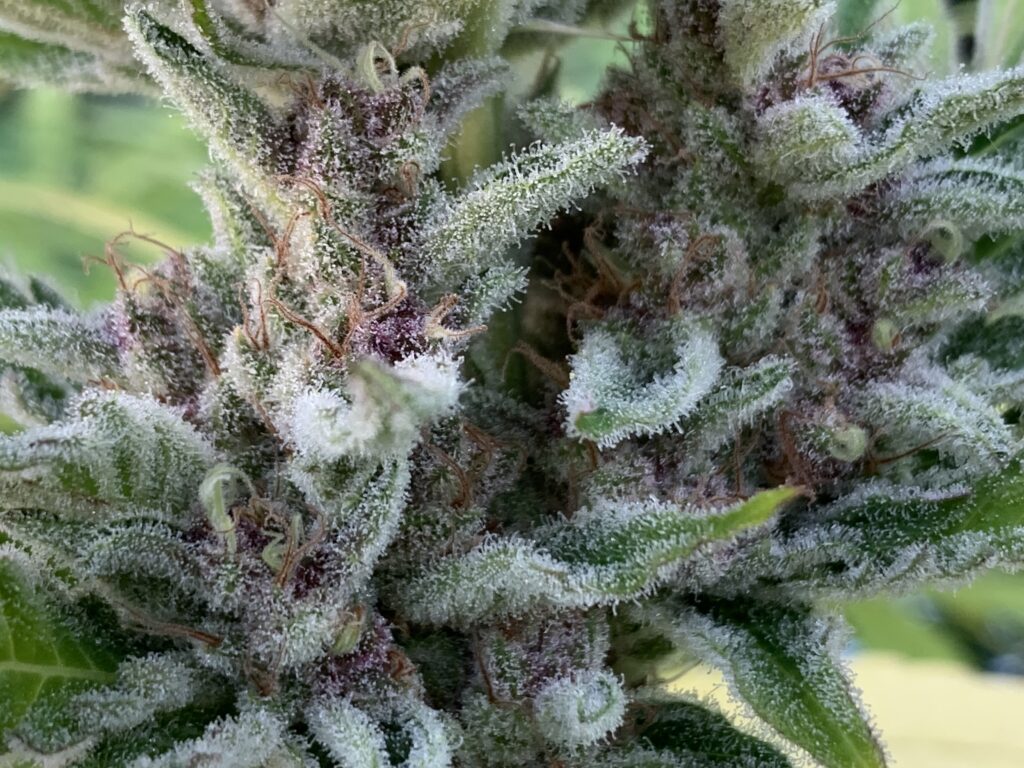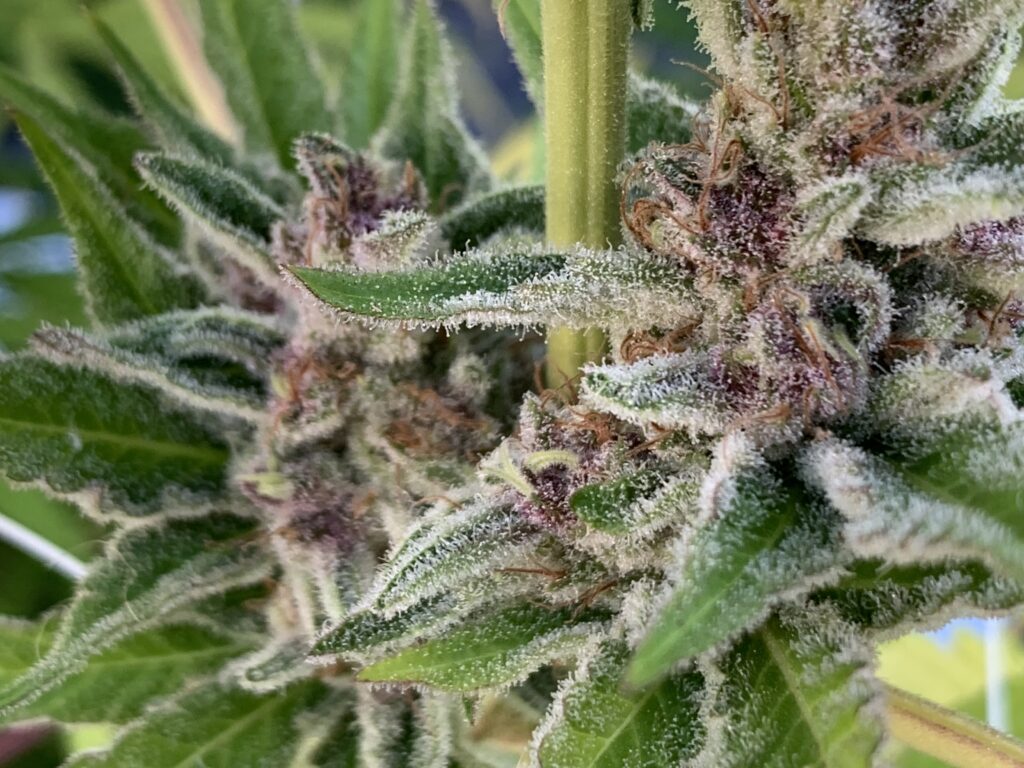Introduction: A Drive Through the Vineyards
Last weekend, I found myself on a winding road, driving through sunlit vineyards on a crisp autumn afternoon. Rows of grapevines stretched across the fields, their leaves shimmering in shades of gold and green in that beautiful afternoon sunlight. I was with my brother, who has spent years immersed in the world of wine sales. In my opinion he could have easily been a sommelier but he chose a different path in life. We’d planned to sit down at a small vineyard, sip some wine, and have a long-overdue conversation about a topic that’s intrigued me for a while: terroir. More specifically, I wanted to understand how this concept, which seems to drive so much debate in the wine world, could be applied to cannabis.
We ended up at a more commercial vineyard, in a beautiful courtyard with running water and a beautiful pond. My brother ordered a flight of tasters. He asked me if I noticed anything interesting about the flavors of the pinot noir sample. I could only comment on my baseline knowledge, that I thought perhaps it was a little too bitter with too many tannins. He then went on to tell me that this particular vineyard clearly was more commercially, managed, and was obviously blending wines together, something I would never have guessed. “This is something that many people don’t understand”, he said. “They see the vineyard with all the grapes growing and assume that all the wines are made from the terroir of these grapes, but really it’s a blending of terrior”. This commercial angle was a great segway into the main talking point I wanted to bring up: I wanted his perspective on terroir, how it defines wine producers and how it might translate to cannabis cultivation.
Setting the Scene: Defining Terroir “So, what exactly is terroir?” I asked, taking a sip of the wine and kind of setting up a leading question. “I keep hearing the word, but I feel like it means different things to different people.”
My brother smiled, a hint of bemusement in his eyes. “That’s because it does mean different things,” he replied. “In the simplest terms, terroir is everything that makes a place unique—the soil, the climate, the slope of the land, even the microorganisms living in the ground. It’s the idea that a wine can express the character of the place it comes from. But how much that actually matters is where the debate begins.” And this is where my gears really started turning.
He explained that in regions like Burgundy, terroir is almost a religion. The belief is that the soil and microclimate play a more crucial role than anything else in creating the flavor profile of the wine. This is why vineyards are often divided into tiny plots, each producing a subtly different wine, even if they’re just a few feet apart.
The Burgundy Philosophy: Letting Nature Speak
As we continued to sip, he pointed to the subtle details of this topic. “Burgundy is all about minimal intervention. They believe that the less you interfere, the more the terroir can shine through. Some soil, for instance, has a lot of limestone, which gives the wine its minerality. The cooler the climate means the grapes ripen more slowly and develop more complex flavors.”
I could see how this approach had a natural appeal, and it made me think about outdoor cannabis cultivation. Like a Burgundy vineyard, an outdoor cannabis farm practicing terroir is exposed to the elements—the sun, wind, and rain—the soil types and microbiology, each of which can subtly alter the plant’s growth and final flavor. “So, Burgundy wines take a minimalist approach to processing and focus more of their energy on optimizing environmental conditions?” I asked.
“Exactly,” he nodded. “The idea is that the wine is an expression of the land. And that’s why Burgundy wines are so unique; they’re a reflection of their place.”
The Contrast: Château Margaux and the Importance of Human Craftsmanship
“But that’s not how everyone sees it,” he continued. “Take Château Margaux, for instance. They’re in Bordeaux, which has a different philosophy. While Burgundy winemakers might see themselves as shepherds guiding the grapes, Bordeaux producers—especially at Château Margaux—see themselves more as artists. They believe that the post-harvest winemaking process is where the magic happens, from how the grapes are fermented to how the wine is aged and blended. For them, it’s more about what you do after the grapes are harvested that defines the final product.”
This got me thinking about the complexities of cannabis cultivation, where indoor growers can control nearly every aspect of the plant’s environment, and outdoor growers heavily modify soil conditions through the addition of biostimulants and other fertilizers “So, in that sense, it’s like the modifications are more like Château Margaux?” I asked, trying to coax out some feedback.
“Well, not exactly. Because that is still pre-harvest modifications. The post harvest processing that Château Margaux performs would be more like modifying how the plants are dried and cured or how the resin is processed, you know like when they mix terpenes back into the THCA crystals.” But still, it’s not really a suitable analogy comparing this idea of terrior, there are just differences in the post harvest processing of grapes and cannabis. It’s not necessarily a one to one relationship, so it makes a direct comparison difficult.”
Exploring Terroir in Cannabis: The Annual Crop Challenge
As our conversation deepened, I brought up one of my biggest questions. “The thing is, cannabis is an annual crop. You plant it, grow it, and harvest it all within a few months. How can we talk about terroir the same way we do with grapes, which are grown on the same vines for decades?”
“That’s a good point,” he said. “Grapevines take years to mature, and they’re in constant contact with the same soil, year after year. But with cannabis, it’s all about that one season. Still, that doesn’t mean terroir is irrelevant. It just might manifest differently. You can still have differences in flavor and effect depending on where and how the cannabis is grown. A strain grown in the coastal regions of Humboldt County is going to taste different than the same strain grown in the high deserts of eastern Oregon, even if all other variables are kept the same.”
I thought about the various cannabis farms I’d visited, each with its unique microclimate. “So, it’s still possible for cannabis to have a sense of place, even if it’s a shorter lifecycle?”
“Yes, but it’s less established, and that’s where things get interesting,” he replied. “With wine, you have centuries of tradition that have allowed people to understand the influence of terroir. Cannabis doesn’t have that same history, so growers are still figuring out what works and what doesn’t. Also, you have this compounded issue with using different fertilizer types which may influence flavor profiles.”
The Role of Fertilizers and Post-Harvest Processing: Craftsmanship vs. Nature
As the sun began dipping below the horizon, casting a warm glow over the vineyard, we delved deeper into the influence of human intervention. “It’s not just about where the cannabis is grown, but how it’s grown, right?” I asked.
“Absolutely,” he said, showing his smirk of disapproval with the flight of rosé he just tasted. “Just like in winemaking, the choices a grower makes can significantly affect the end product. What fertilizers are used? How are the plants trimmed? How are they dried and cured? All these factors play a role, and sometimes they can overshadow the natural characteristics of the strain. That’s similar to how a Bordeaux producer might use oak barrels to add flavors that weren’t originally there.” And then take this rosé for example, this wine has been clearly adulterated by mixing together different batches of grapes. This is more of a commercially produced product he said. So, while there may be characteristics of terroir in the flavor of the grapes, the end product is a commercially blended wine.”
I realized this was precisely the point of view I needed. The Burgundy vs. Château Margaux debate was now playing out in a different arena. On one side, there are those who believe in letting the environment shine through, focusing on organic soil and minimal intervention, much like Burgundy’s approach. On the other, there are growers who treat cannabis cultivation as an art form, where the goal is to craft a particular experience, regardless of where the plant is grown, echoing the philosophy of Château Margaux.
The Challenges of Establishing Cannabis Terroir
But there are also unique challenges that cannabis growers face. Unlike vineyards, where grapes grow on the same vines year after year, cannabis has to be replanted each season. This makes it harder to establish a consistent sense of terroir over time. Additionally, the industry is still relatively young, and there hasn’t been enough time to build up the same kind of traditional knowledge that exists in viticulture.
“We’re at an interesting crossroads,” I said. “There’s this push toward creating cannabis appellations, similar to the way wines are designated by region in France. But I wonder if it can really work the same way, given how different the plant is?”
My brother nodded thoughtfully. “It could, but it would require a shift in the way we think about cannabis. Growers would need to standardize certain practices, and consumers would need to understand that terroir can be just as important in cannabis as it is in wine. But until then, it’s likely going to be a mix of both approaches.”
A Parallel Debate: Nature vs. Nurture
As the evening continued, I found myself comparing the two industries more and more. The way Burgundy and Château Margaux represented two ends of a spectrum was a perfect parallel for what’s happening in cannabis. On one side, there are those who value the natural expression of the plant—believing that the soil, sun, and climate impart a sense of place that can’t be replicated. On the other, there are those who see value in human ingenuity, in tweaking and adjusting variables to bring out the best in the plant.
“So, what’s your take?” I asked him, curious to hear his final thoughts. “Do you think the natural or the crafted approach is better?”
He took a moment to consider his answer. “I think both are valid. The beauty of wine—and cannabis—is that it can be so many different things to different people. Some might love the purity of a Burgundy, where every sip feels like a direct line to the vineyard it came from. Others might appreciate the complexity of a Bordeaux, where the winemaker’s artistry is on full display. The same goes for cannabis. There’s room for both philosophies to coexist, and that’s what makes it exciting.”
Conclusion: Learning from the Vineyard
As we finished our last glasses of wine, I couldn’t help but reflect on how much I’d learned from our conversation. The debate between Burgundy and Château Margaux isn’t just about wine—it’s about the fundamental question of what makes a product special. Is it the natural environment, or is it the skill of the people who cultivate it? The same debate is unfolding in the cannabis industry, and it will likely continue for years to come.
What’s clear, however, is that there’s no right or wrong answer. Just as there’s space for Burgundy’s terroir-driven wines and Château Margaux’s crafted blends, there’s space for outdoor, organic cannabis that embodies the essence of its environment and for carefully cultivated, indoor strains that showcase the grower’s expertise. The key, perhaps, lies in understanding that both approaches have their own merits—and that the future of cannabis could be richer for embracing them both.
As I drove away from the vineyard, the sun dipping low behind the rolling hills, I realized that my journey to understand terroir was just beginning. Whether in a glass of wine or a joint, the complex interplay between nature and nurture is what makes the experience so unique. And it’s a debate worth savoring, one sip—or puff—at a time…
Russell Pace
President of the Cannabis Horticultural Assoc.
To support more content like this, check out the seed genetics listings available by clicking this link.
